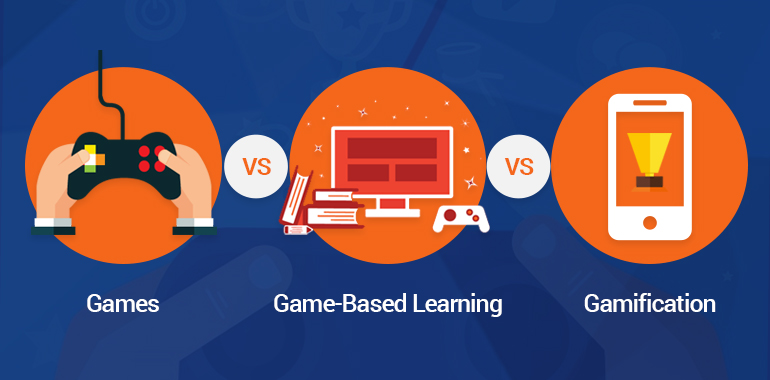Toward Technology Integration in the Schools:
Why it isn't happening
by John Bauer and Jeffrey Kenton
I thought I'd try something different and focus on the actual application of technology in the classrooms, rather than the various technology available. The reason for this is that there can be a million and one technology uses available to teachers and students; however, if that technology is not used then it does not really matter if it is available or not. This article by Bauer and Kenton called out to me because of its title, it seemed straight and to the point. After further reading I found that it is indeed very well organized and does not beat around the bush.
The article continues on how it is important for teachers to feel like they have support while they transition to learning new technology. I found this part important and very helpful because I have struggled in the past with technology and felt like Google was just not enough. I can see how spending hours of research only to find that you have not made any progress can be defeating, and thus the teacher may just give up in trying something new. Making a list of concerns, questions, and suggestions that can be shared with other more experienced teachers can be a good way to encourage those who are hesitant to implement technology in their classroom to keep trying.
Several charts of data are included in the article to show the various responses from the 30 teachers being surveyed. Anything from the teachers skepticism, to the available computers to students ratio was included. Overall I think the article is very informative and brings to light that it is not as easy at it sounds sometimes to just say that technology must be integrated in the classrooms. There are many factors to consider and this article does a good job in sharing a few and how we can go about fixing them.
References:
- Bauer, J., & Kenton, J. (2005). Toward technology integration in the schools: Why it isn't happening. Journal of Technology and Teacher Education, 13(4), 519.






